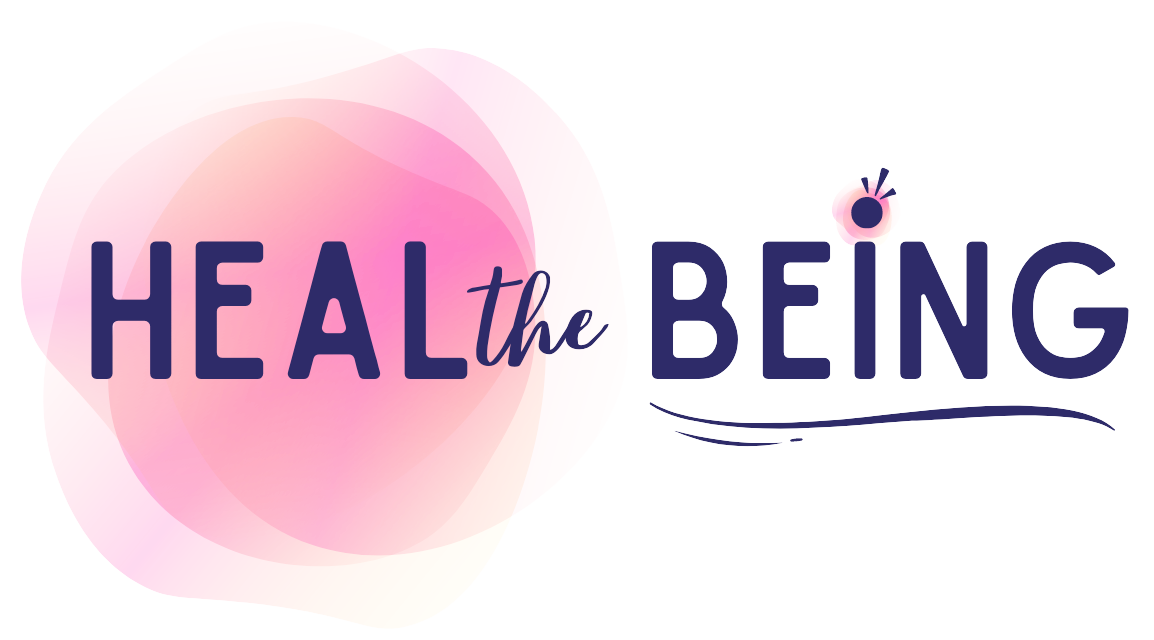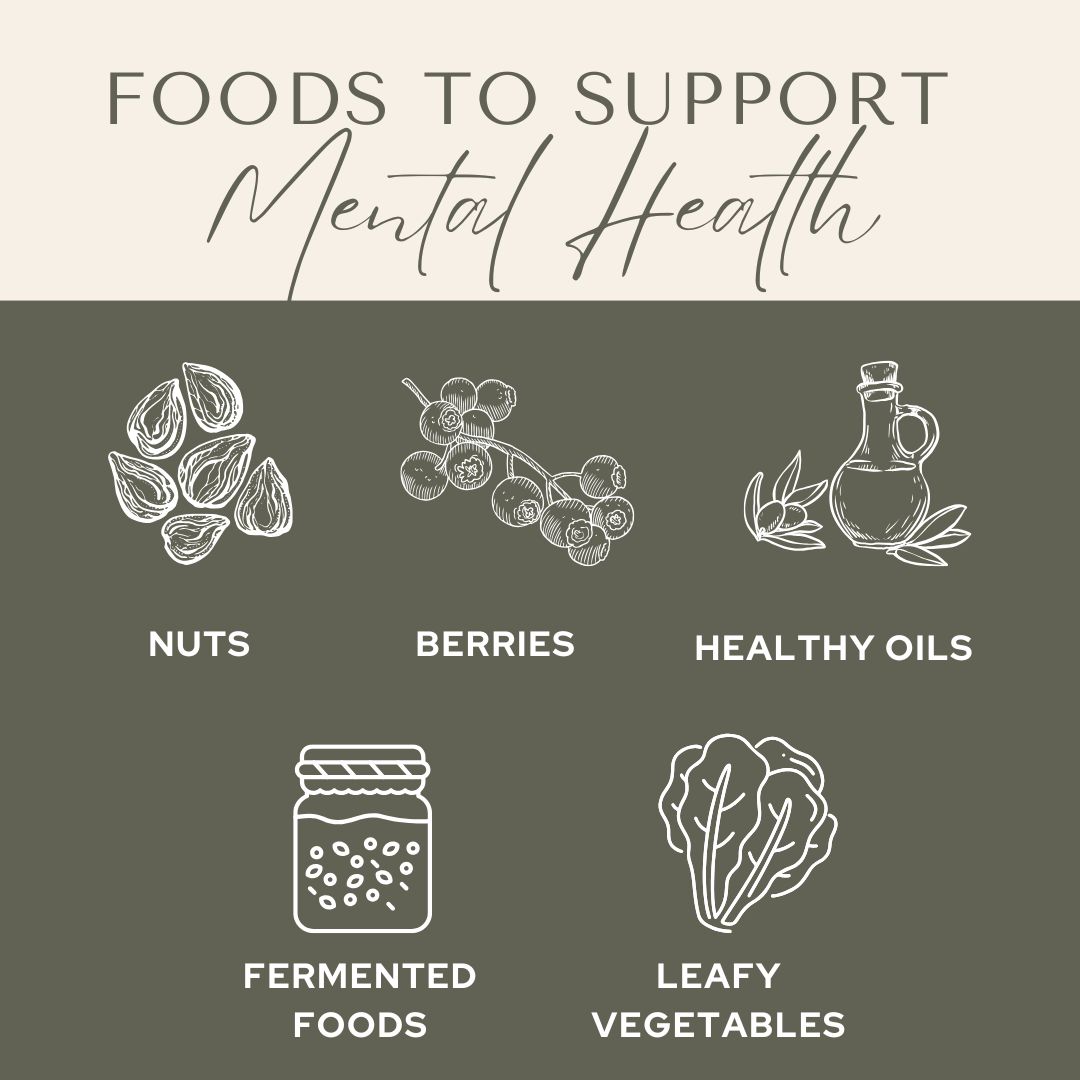Hypertension commonly known as high blood pressure, is a medical condition where the blood pressure in the arteries is persistently elevated. Blood pressure is measured using two numbers: the systolic pressure (the higher number) represents the force your heart exerts on the walls of your arteries each time it beats, and the diastolic pressure (the lower number) represents the force your heart exerts on the walls of your arteries in between beats. Normal blood pressure is below 120/80 mm Hg. Hypertension is generally defined as blood pressure above 130/80 mm Hg1.

Causes of hypertension can be divided into below mentioned two categories:
Primary hypertension
It is also known as essential hypertension, gradually emerges without a discernible origin and is the variant most commonly diagnosed. Several factors may contribute to this, including:
- Genetics
- Physical changes: As the body ages, changes can occur that increase the risk of hypertension.
- Environmental factors: Lack of physical activity, unhealthy diet, and stress can play a role.
Secondary hypertension
It arises as a consequence of another medical condition. It tends to appear suddenly and cause higher blood pressure than primary hypertension. Conditions that can lead to secondary hypertension include:
- Kidney issues
- Adrenal gland tumours
- Certain congenital heart defects
- Certain medications, such as birth control pills, cold remedies, decongestants, over-the-counter pain relievers, and some prescription drugs
- Illegal drugs, such as cocaine and amphetamines
Lifestyle factors can also play a role in increasing the risk of hypertension, including:
- Being overweight or obese
- Not being physically active
- Tobacco use
- Too much salt in the diet
- Too little potassium in the diet
- Drinking too much alcohol
- Stress
Managing these factors through lifestyle changes and, in some cases, medication can also help. But we can also manage our blood pressure and reduce the risk of health complications using the holistic approach. Ayurveda offers a holistic way in managing hypertension with a focus on balancing the body’s doshas (Vata, Pitta, and Kapha).
Here are some Ayurvedic solutions that are traditionally used to help control high blood pressure:
- Coriander and Cardamom: Mix a teaspoon of coriander and a pinch of cardamom with one cup of freshly squeezed peach juice. Drink this two or three times a day.
- Moong Dal Soup: Prepare a soup with moong dal and add cilantro, cumin, and a pinch of turmeric. Moong dal is believed to help lower high blood pressure.
- Honey Water: Combine a teaspoon of honey and five to ten drops of apple cider vinegar in a cup of hot water. Consuming this early in the morning on an empty stomach may help regulate blood pressure.
- Orange Juice and Coconut Water: Mix these in a ratio of two to one and drink half to one cup at least two to three times a day. This combination is said to be beneficial for hypertension.
- Cucumber Raita: This is considered a good diuretic and can help maintain blood pressure as well as digestive health.
- Watermelon with Cardamom and Coriander: Eating watermelon with a pinch of cardamom and coriander is said to act as a mild diuretic and help regulate blood pressure.
- Ashwagandha: Known for its adaptogenic properties, it helps the body cope with stress and anxiety, which are common contributors to high blood pressure.
- Garlic: Consuming a raw clove of garlic each morning is thought to help control high blood pressure due to its cardioprotective properties.
- Arjuna: The bark of the Arjuna tree is used for its role in controlling hypertension. It helps reduce plaque accumulation in blood vessels.
- Triphala: This herbal mixture is known for maintaining normal blood pressure levels and reducing cholesterol and plaque in the veins and arteries.
- Jatamansi: This herb is rich in antioxidants and helps prevent damage to arteries, controlling the build-up of plaque.
- Ajwain: Consuming ajwain can help manage blood pressure by inhibiting the production of stress hormones that cause blood vessels to constrict.
- Amla: Indian gooseberry, either consumed raw or as juice mixed with honey, is a celebrated ingredient in Ayurveda for managing high blood pressure.
Lifestyle Tweaks
Natural methods to control blood pressure focus on lifestyle changes that promote overall cardiovascular health. These methods are often recommended as first-line interventions or as complements to medical treatment. Here’s a brief introduction:
Lifestyle Changes: The cornerstone of natural blood pressure management is making healthy lifestyle choices. This includes maintaining a balanced diet rich in whole grains, fruits, vegetables, and low-fat dairy products. Reducing sodium intake and increasing potassium can also have a significant impact.
Regular Physical Activity: Engaging in regular exercise, such as walking, jogging, cycling, or swimming, helps strengthen the heart and improve its ability to pump blood efficiently, thus lowering blood pressure.
Weight Management: Losing weight, especially around the waistline, can significantly reduce blood pressure. Even small amounts of weight loss can make a difference.
Stress Management: Learning to manage stress through relaxation techniques like meditation, deep breathing exercises, and yoga can help lower blood pressure.
Moderation of Alcohol and Caffeine: Limiting the intake of alcohol and caffeine can contribute to maintaining a healthy blood pressure level.
Quit Smoking: Smoking cessation is crucial as it reduces the risk of heart disease and improves overall health, which can help in managing blood pressure.
Here comes the most important part that is Incorporating Ayurvedic herbs into your Daily Routine
This can be a simple and effective way to promote overall well-being. Here are some practical ways to include these herbs in our daily regimen:
- Morning Rituals:
- Start your day with a warm glass of water mixed with honey and lemon, and if you’re including garlic, have a clove with this drink.
- For Ashwagandha, consider taking it as a supplement or adding it to a morning smoothie.
- Diet:
- Use turmeric, cumin, and coriander in your cooking to add flavor and health benefits to your meals.
- Drink herbal teas made from cardamom or Triphala throughout the day.
- Self-Care Practices:
- Practice Abhyanga, an Ayurvedic self-massage using warm oil infused with herbs like Ashwagandha or Triphala.
- Make a raita with cucumber and mint for a refreshing side dish that also serves as a digestive aid.
- Evening Routine:
- Drink a cup of milk with a pinch of cardamom or Ashwagandha powder before bed to promote relaxation and better sleep.
- Prepare a Moong Dal Soup for dinner, seasoned with Ayurvedic spices.
- Mindful Consumption:
- Pay attention to how your body responds to different herbs and adjust accordingly.
- Consult with an Ayurvedic practitioner to tailor the use of herbs to your individual constitution, known as your dosha.
Remember, the key is consistency and mindfulness. It’s important to observe how your body responds to these changes and to consult with healthcare professionals to ensure these practices complement your lifestyle and health needs.
These natural approaches are beneficial not only for controlling blood pressure but also for enhancing overall health and well-being. While these remedies can be helpful, they should not replace any conventional treatment prescribed by your doctor. It’s important to consult with a healthcare provider before making any significant changes to your lifestyle, especially if you have pre-existing health conditions or are on medication for hypertension.




Leave a Reply